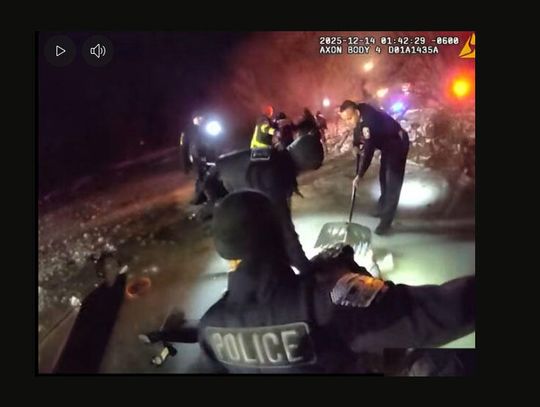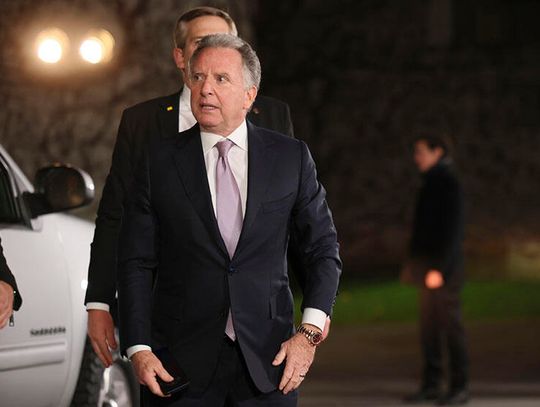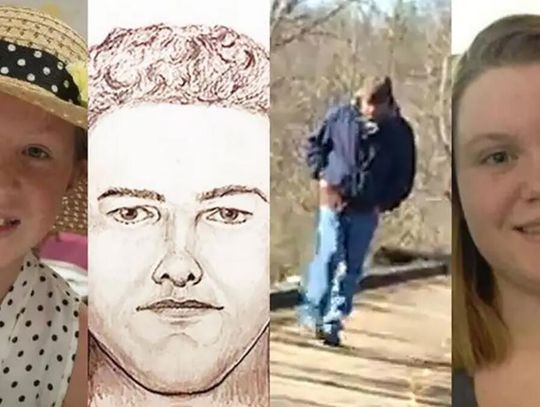W 2012 r. w Stanach Zjednoczonych zastrzelono 12,5 tys. osób. Rok później ofiar było już blisko 13,5 tysiąca. W 2016 roku – około 15 tysięcy, a w 2017 –15,6 tys. W ubiegłym roku od kul zginęło 14,7 tys. osób.
Ta liczba rośnie i spada. Podczas ostatnich piętnastu lat wahała się od ośmiu do 20 tysięcy ofiar rocznie. Część z nich zginęła podczas masowych strzelanin, średnio 300 osób w ciągu roku, co oznacza , że 12 tysięcy lub więcej osób ginie w Ameryce w wyniku zwykłych, pojedynczych strzelanin.
Oczywiście liczby i statystyki są mylące i nieznośnie nudne, ale wyłania się z nich niezbity fakt – część Amerykanów lubuje się w zabijaniu ludzi.
Dorastałem w chicagowskiej dzielnicy, w której mieszkało mnóstwo osób lubiących zabijać ludzi. To była dzielnica na wschód od Parku Humboldta. Czasami lokalne gazety i reporterzy stacji telewizyjnych nazywali ją Miastem Morderstw – Murdertown.
Mnóstwo się tego działo. Mam na myśli morderstwa.
Mój szkolny kolega został zamordowany przez członków jakiegoś gangu. Strzelili mu w tył głowy, zapakowali w worki na śmieci i porzucili ciało w opuszczonym mieszkaniu, kilka drzwi od naszego domu. To był jedyny mój kolega, który został zamordowany. Ale moi rodzice przez te wszystkie lata, kiedy mieszkaliśmy w tej dzielnicy, stracili czworo przyjaciół. Ci ludzie byli ofiarami zwykłych ulicznych morderstw. Dwoje z nich zginęło na chodniku przed naszym domem. Policjanci powiedzieli nam wtedy, żeby przechodzić i się nie gapić.
Wszystko to działo się w latach 50. i 60., ale jeśli wierzyć gazetom, niewiele się od tamtych czasów w Chicago zmieniło. Nawet w Lynchburgu, w Virginii, gdzie teraz mieszkam, słyszymy w wiadomościach o przemocy w Chicago, zwłaszcza po wyjątkowo krwawym weekendzie, podczas którego postrzelono 70 osób, z czego 12 śmiertelnie.
W moim sąsiedztwie w Chicago było dużo zabijania. I mnóstwo strachu. Wyprowadziliśmy się z stamtąd, kiedy tylko mogliśmy. Przeprowadziliśmy się do bungalowu na północ od ulicy Diversey, niedaleko na wschód od Oak Park Boulevard. To było spokojne miejsce. Mogliśmy siedzieć na werandzie przed domem i nie baliśmy się, że ktoś nas zastrzeli.
Jako typ Amerykanina, który generalnie przepełniony jest lękiem, chciałbym utrudnić innym Amerykanom, jak tylko jest to możliwe, zabicie mnie lub innych ludzi. Myślę, że rozumiecie mój lęk. W Ameryce często łatwiej jest kupić broń palną, niż wyrobić prawo jazdy. Chciałbym, żeby zastrzelenie kogoś było w moim kraju przynajmniej tak trudne, jak możliwość legalnej jazdy samochodem.
Jeśli więc znacie jakiegoś polityka, prześlijcie mu lub jej ten oto apel. Dziękuję.
Plea from a Fearful American
In 2014, about 12,500 people were shot to death in the US. In 2015, the number was about 13,500, give or take a couple. In 2016, it was about 15,000. In 2017, about 15,600. Last year in 2018, it was 14,700.
The number seems to go up and down some, just a little. In the last fifty years, it’s been as low as 8,000 and as high as 20,000. Some of these deaths took place in mass shootings, about 300 a year, but that leaves about 12,000 or more a year are just plain ordinary shootings.
The numbers kind of get confusing and ultimately boring, but what seems to be awfully clear is that there apparently is a type of American who likes to kill people.
I grew up in a neighborhood in Chicago where a lot of those people who like to kill people lived. It was the area just east of Humboldt Park. Sometimes the newspapers and the reporters on the local news broadcasts back then called it Murdertown.
There was a lot of that going on. Murders I mean.
I had a school friend who was murdered by some gang guys. They shot him in the back of the head and put him in some garbage bags and left him in an abandoned apartment a couple doors away from my home. He was the only one of my friends who was killed. My parents, however, lost four friends over the years we lived in that neighborhood. Their friends just seemed to be the victims of average sorts of murders. A couple of people even died on the sidewalk in front of my house. (The cops told me to just move along and stop staring.)
All that was back in the 1950s and 1960s in Chicago, and if the newspapers are to be believed it’s not that much different now. Even here in Lynchburg, Virginia, where I now live, you hear about Chicago on the news, especially after a bad weekend where maybe 70 people are shot and 12 of that number are shot fatally.
Yeah, there was a lot of killing in my neighborhood. And a lot of fear there too. When we could, we finally left. We moved into a bungalow north of Diversey, just east of Oak Park Boulevard. It was a nice place. We were able to sit on the front porch in the new neighborhood and not fear getting shot.
As the type of American who is generally still fearful, I would like it made as difficult as possible for those other Americans to kill me or other people. You can understand my fear. I sometimes think it's easier to buy a gun in America than it is to get a driver’s license. I just want it to be as hard to shoot someone to death as it is to drive a car.
So, if you know a politician, please pass my concern onto him or her.
Thank you.
John Guzlowski
amerykański pisarz i poeta polskiego pochodzenia. Publikował w wielu pismach literackich, zarówno w USA, jak i za granicą, m.in. w „Writer’s Almanac”, „Akcent”, „Ontario Review” i „North American Review”. Jego wiersze i eseje opisujące przeżycia jego rodziców – robotników przymusowych w nazistowskich Niemczech oraz uchodźców wojennych, którzy emigrowali do Chicago – ukazały się we wspomnieniowym tomie pt. „Echoes of Tattered Tongues”. W 2017 roku książka ta zdobyła nagrodę poetycką im. Benjamina Franklina oraz nagrodę literacką Erica Hoffera, za najbardziej prowokującą do myślenia książkę roku. Jest również autorem dwóch powieści kryminalnych o detektywie Hanku Purcellu oraz powieści wojennej pt. „Road of Bones”. John Guzlowski jest emerytowanym profesorem Eastern Illinois University.
—
John Guzlowski's writing has been featured in Garrison Keillor’s Writer’s Almanac, Akcent, Ontario Review, North American Review, and other journals here and abroad. His poems and personal essays about his Polish parents’ experiences as slave laborers in Nazi Germany and refugees in Chicago appear in his memoir Echoes of Tattered Tongues. Echoes received the 2017 Benjamin Franklin Poetry Award and the Eric Hoffer Foundation's Montaigne Award for most thought-provoking book of the year. He is also the author of two Hank Purcell mysteries and the war novel Road of Bones. Guzlowski is a Professor Emeritus at Eastern Illinois University.
fot.Neil Hall/EPA-EFE/REX/Shutterstock














